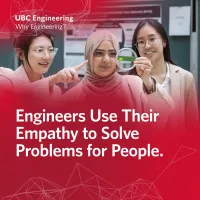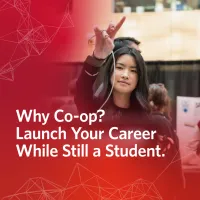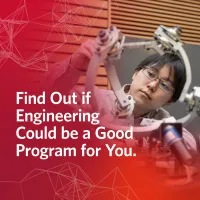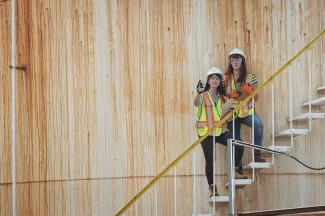"Some of the most impactful things I learned was how to think quickly on my feet and collaborate with others to solve problems and generate ideas; these were things I practised in almost every class I took."

Siera Zandvliet
- Degree:
- Bachelor of Applied Science
- Grad year: 2023
- Program:
- Campus: Okanagan
Job: Project Coordinator, Emil Anderson Construction
What got you interested in engineering?
Ever since I was a little kid, I’ve always loved building and construction sites.
I originally wanted to be an architect, but when I did a job shadow at an architecture firm when I was in high school, the person I enjoyed talking to the most was a civil engineer. The work he was doing was really fascinating and I realized that civil engineering would better align with my interests and passions.
What do you like about field work?
I am a problem solver who likes to think fast and make decisions to keep things moving on the site. Every day is different, and you are faced with new challenges to solve. It’s such an exciting job and there is so much variety.
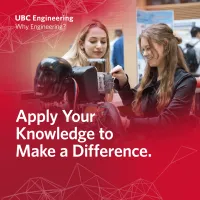
What’s the current project you are working on?
We’re building a new four-lane bridge in Sicamous to replace the original two-lane bridge from 1962. There are several interesting design and construction challenges associated with this project. The bridge is part of the Trans-Canada Highway, which means we need to work hard to minimize the impact of our construction activities on current traffic flow. This project also includes significant highway widening and safety improvements to highway intersections, all within quite a small area.
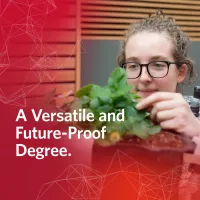
Did your engineering degree prepare you for your work?
The soft skills we learned in a technical communications course – where we covered professional correspondence and giving presentations – were also very helpful. Being able to be articulate and present yourself professionally can make a big difference in your career development.
Some of the most impactful things I learned was how to think quickly on my feet and collaborate with others to solve problems and generate ideas; these were things I practised in almost every class I took.
The other main thing is learning how to research to find answers yourself and becoming a lifelong learner. This is inherent in the job of an engineer, where you are expected to constantly be developing your knowledge and skills.
